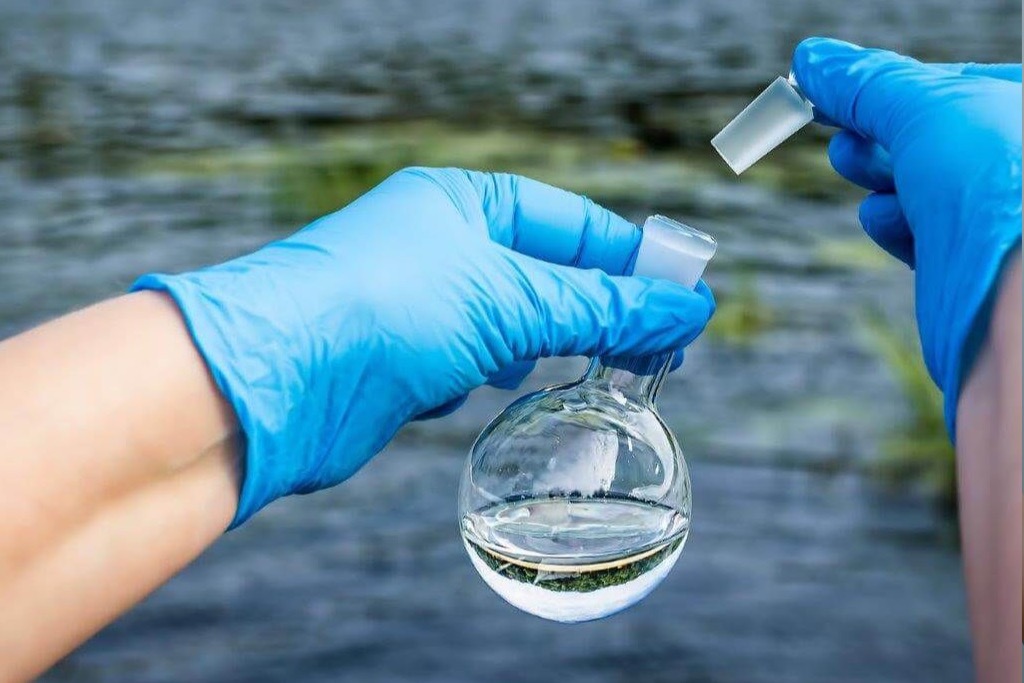Water is the essence of life, a fundamental resource that sustains ecosystems and all living organisms on Earth. In Zimbabwe, a landlocked country in southern Africa, the significance of water cannot be overstated. While the country is blessed with abundant water bodies, including lakes, rivers, and groundwater, ensuring access to clean and safe drinking water remains a complex challenge. This article delves into the multifaceted issue of water quality in Zimbabwe, exploring its causes, consequences, and potential solutions.
I. The Water Sources of Zimbabwe
Before delving into the water quality issues facing Zimbabwe, it’s essential to understand the country’s water sources.
A. Rivers and Lakes
Zimbabwe boasts several major rivers, including the Zambezi, Limpopo, and Save rivers. These rivers provide water for both domestic and agricultural use. Lake Kariba, one of the largest man-made lakes in the world, lies on the border between Zimbabwe and Zambia, serving as a vital source of electricity generation and freshwater supply.
B. Groundwater
Groundwater resources play a pivotal role in Zimbabwe’s water supply. The country’s aquifers store vast amounts of water, which is often tapped into through boreholes and wells, especially in rural areas.
C. Rainwater Harvesting
In many parts of Zimbabwe, especially in rural and peri-urban areas, rainwater harvesting remains a crucial method of collecting clean water. However, the reliability of this method depends on seasonal rainfall patterns.
2. Challenges to Water Quality
Despite the abundance of water sources, Zimbabwe faces a myriad of challenges that impact water quality. These challenges can be categorized into various aspects:
A. Pollution
Industrial Pollution: Zimbabwe’s growing industries have contributed to the pollution of water bodies. Discharge of industrial effluents containing heavy metals and chemicals has detrimental effects on water quality.
Agricultural Runoff: Pesticides, fertilizers, and other chemicals used in agriculture often find their way into rivers and lakes, leading to water contamination.
Sewage Disposal: Inadequate sewage treatment facilities in urban areas result in the release of untreated sewage into water bodies, contributing to waterborne diseases and deteriorating water quality.
B. Climate Change
Zimbabwe is experiencing the impacts of climate change, including altered rainfall patterns and prolonged droughts. These changes have put additional stress on water resources, leading to water scarcity and reduced water quality.
C. Infrastructure and Access
Infrastructure Decay: Aging water infrastructure in urban areas leads to water leakages and contamination due to pipe breakages.
Inequitable Access: Access to clean water is not uniform across the country, with rural areas facing more significant challenges in accessing safe drinking water.
3. Health Consequences
The poor water quality in Zimbabwe has dire health consequences for its population. Waterborne diseases like cholera and typhoid are recurrent outbreaks, particularly in densely populated urban areas where access to clean water is limited. Contaminated water sources expose individuals to gastrointestinal infections and other water-related diseases, which can be fatal if not treated promptly.
4 The Economic Impact
Water quality issues also have a significant economic impact on Zimbabwe. Waterborne diseases lead to increased healthcare costs and lost productivity. Moreover, the agricultural sector, a cornerstone of the Zimbabwean economy, suffers from reduced crop yields due to poor water quality for irrigation.
5. Initiatives and Solutions
Efforts to address water quality challenges in Zimbabwe are ongoing. Several initiatives and solutions have been proposed and implemented to mitigate the issues:
A. Improved Infrastructure
Investments in upgrading and maintaining water infrastructure are essential. Fixing leaky pipes and improving sewage treatment facilities can help reduce contamination.
B. Water Treatment
The adoption of advanced water treatment technologies, including reverse osmosis and UV treatment, can improve the quality of water supplied to homes and industries.
C. Environmental Conservation
Protecting water bodies and promoting responsible agricultural practices can minimize pollution from agricultural runoff and industrial activities.
D. Climate Resilience
Zimbabwe must also adapt to the changing climate by implementing water conservation strategies, such as rainwater harvesting, and developing drought-resistant crop varieties.
E. Community Engagement
Engaging communities in water quality management through education and awareness campaigns can empower individuals to take proactive measures in safeguarding their water sources.
6. The Role of International Aid
International organizations and foreign governments play a vital role in supporting Zimbabwe’s efforts to improve water quality. Providing financial assistance, technical expertise, and access to best practices can accelerate progress in this critical area.
7. Conclusion
The water quality situation in Zimbabwe is a complex and multifaceted issue with far-reaching consequences for public health, the environment, and the economy. Addressing this challenge requires a multi-pronged approach involving government intervention, community participation, and international collaboration. As Zimbabwe continues to grapple with its water quality issues, the importance of clean and safe water for its citizens’ well-being and its sustainable development cannot be overstated.

